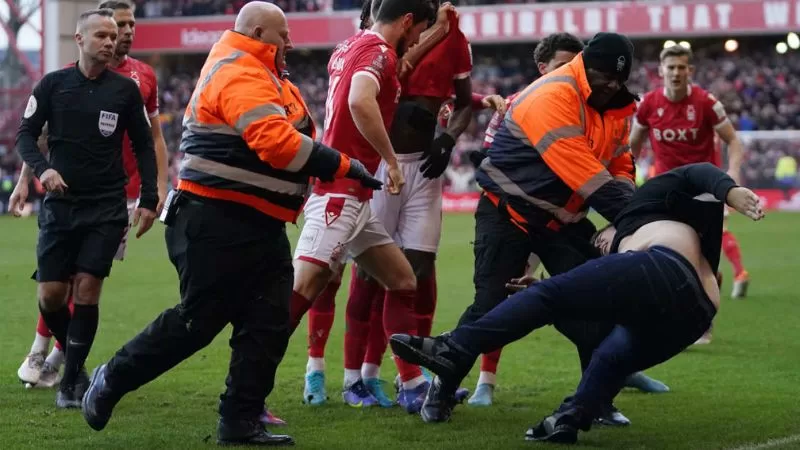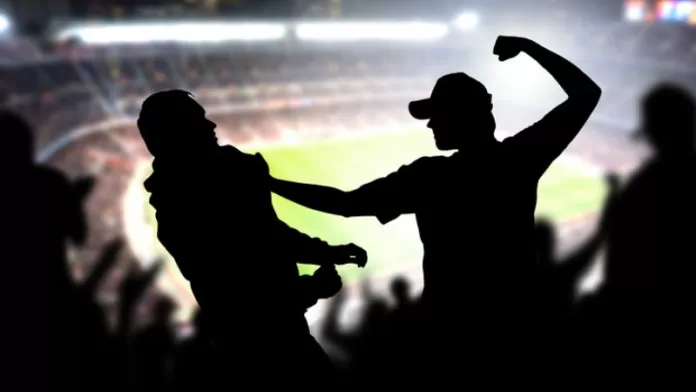Football, often hailed as the world’s most beloved sport, boasts a unique power to unite people across cultures and borders. However, this beloved game has a darker side – football hooliganism. This article takes an in-depth look at the complex issue, exploring the underlying causes, far-reaching consequences, and potential solutions.
Causes of Football Hooliganism
At its core, hooliganism emerges from a potent blend of factors. Social exclusion and economic disparities play a pivotal role, as individuals from marginalized backgrounds might find camaraderie and identity within hooligan groups. This sense of belonging can quickly evolve into aggression, especially when combined with the dynamics of alcohol consumption.

Moreover, the intense emotions surrounding football can lead to tribalistic behaviours. Fans passionately supporting their teams might view rival fans as adversaries, igniting conflicts that transcend the bounds of healthy competition. Additionally, underlying political tensions and historical rivalries can contribute to the rise of hooliganism.
Consequences and Impact
The consequences of football hooliganism are not confined to the football pitch. Violent clashes between rival fan groups stain the reputation of the sport and its fans, often overshadowing the game’s positive aspects. The media amplifies these negative incidents, perpetuating stereotypes about football enthusiasts.
On a broader scale, hooliganism jeopardizes public safety. Injuries and even fatalities can result from clashes, not only among hooligans but also involving innocent bystanders. Stadiums, once vibrant arenas of unity, can become breeding grounds for fear and unrest. Clubs and nations risk losing valuable sponsorships and revenue due to the tarnished image of football.
Solutions to Mitigate Hooliganism
To tackle this pressing issue, a multi-pronged approach is necessary. Education plays a key role in enlightening fans about the consequences of their actions. Clubs, in collaboration with local authorities, can organize awareness campaigns and workshops, promoting responsible fan behaviour.
Fostering a positive fan culture is paramount. Encouraging chants and displays that celebrate the sport rather than provoke rivals can shift the focus from confrontation to celebration. Clubs can also take the lead in organizing community engagement initiatives, forging connections among fans that transcend team allegiances.

Law enforcement agencies and stadium authorities must maintain a strong presence, ensuring strict adherence to regulations. Hefty fines and banning orders for troublemakers can act as effective deterrents. Additionally, promoting dialogue between rival fan groups could help dispel misunderstandings and pave the way for peaceful coexistence.
READ MORE: Football and Health: Balancing Physical Demands for Players’ Well-being
In conclusion, football hooliganism remains a complex issue with deep-seated causes and widespread consequences. However, with concerted efforts from fans, clubs, authorities, and society as a whole, it is possible to turn the tide. By addressing the root causes, promoting a positive fan culture, and implementing stringent measures, the beautiful game can reclaim its reputation as a source of unity and joy for all.


